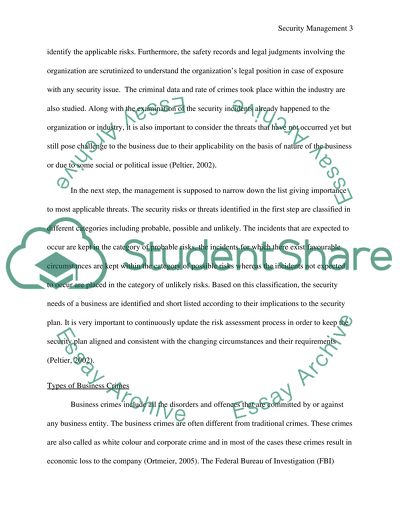Cite this document
(Criminal Justice, Issues within Security Management Practice and Coursework, n.d.)
Criminal Justice, Issues within Security Management Practice and Coursework. Retrieved from https://studentshare.org/law/1561542-criminal-justicepersonal-security
Criminal Justice, Issues within Security Management Practice and Coursework. Retrieved from https://studentshare.org/law/1561542-criminal-justicepersonal-security
(Criminal Justice, Issues Within Security Management Practice and Coursework)
Criminal Justice, Issues Within Security Management Practice and Coursework. https://studentshare.org/law/1561542-criminal-justicepersonal-security.
Criminal Justice, Issues Within Security Management Practice and Coursework. https://studentshare.org/law/1561542-criminal-justicepersonal-security.
“Criminal Justice, Issues Within Security Management Practice and Coursework”. https://studentshare.org/law/1561542-criminal-justicepersonal-security.


